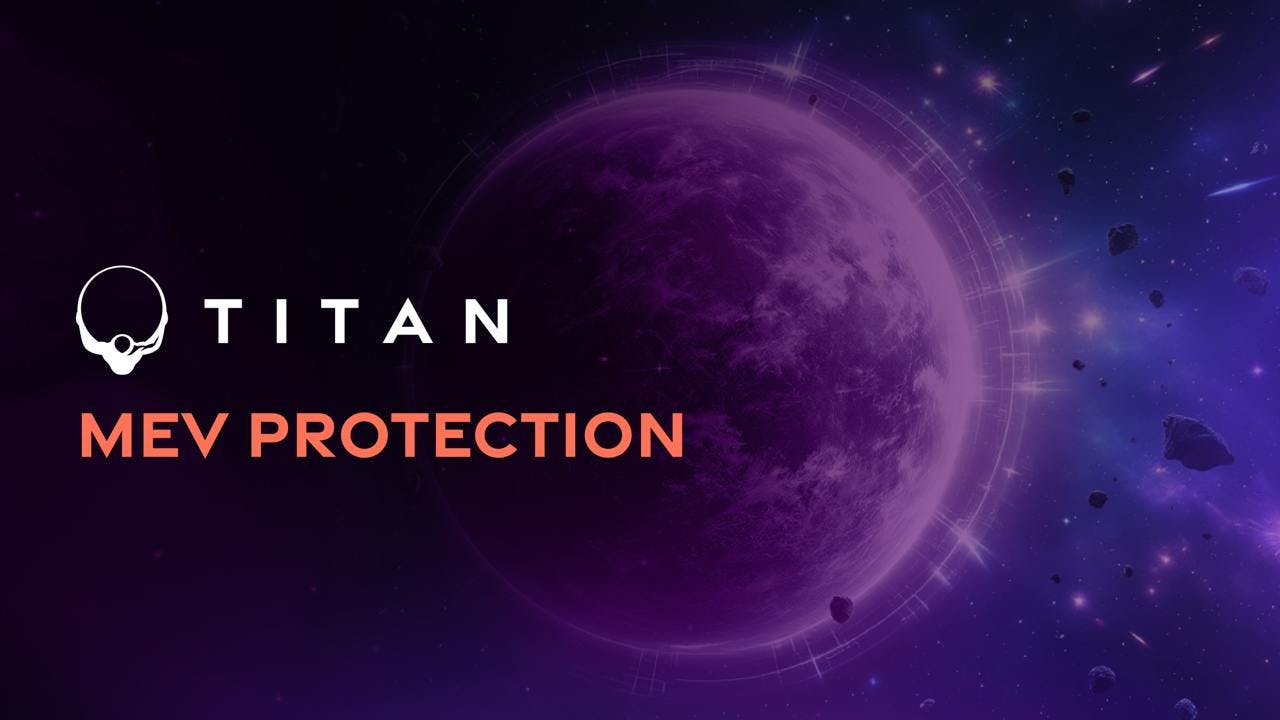Solana’s recent governance vote on the SIMD-228 proposal, which put forward the idea of lowering Solana’s inflation rate and boosting staking, showed the network can effectively handle major voting decisions without a hitch on the technical level. Meanwhile, we’ve also seen throughput on the network increasing to accommodate the huge volume of memecoin trading. However, one major hurdle remains on its path to becoming the “Nasdaq on the blockchain” – MEV bots.
MEV stands for maximum extractable value and refers to the additional profit that can be made from a transaction. MEV is like waiting in line at a store checkout, having someone cut in front of you to buy everything in sight, and then selling it back to the rest of the line at a higher price.
The MEV problem
So how do MEV bots actually work? When you make a transaction, like buying or swapping tokens, that transaction goes into a waiting area, generally called a mempool, before it’s added to a blockchain. Validators – the people or computers that add blocks to the chain – or bots can see these waiting transactions. They sometimes reorder or add their own transactions first to make a profit, often paying huge fees to cut in line.
Advocates see MEV as a byproduct of a healthy network and free market mechanics, while others stress the downsides for users. Whichever camp you find yourself in, though, MEV bots have been responsible for huge losses due to front-running and sandwich attacks. For example, Ethereum saw a
However, since 2024, Solana has been seeing a
MEV on Solana is different
The thing is, MEV is intrinsic to all blockchains, especially when block proposers rotate. It’s not unusual for validators on any blockchain to manipulate transactions to extract profit. This can occur during NFT mints, liquidations, swaps, or by exploiting arbitrage opportunities. Not all MEV is bad, though, but certainly sandwiching and frontrunning are.
Due to Solana’s speed and architecture, however, certain types of MEVs are naturally eliminated, and network participants’ ability to extract value hinges on their ability to outperform the time to finality of Solana transactions.
Moreover, since Solana doesn’t have a mempool, MEV searchers have to integrate with existing high-stake node operators to see potential value extraction opportunities.
Mempools aren’t the solution
However, without a place to queue transfers, there’s no other way than simply trying again when a transfer fails. To fix this, in 2023, Jito launched a protocol off-chain that auctioned partial blockspace, providing inclusion guarantees for sets of transactions called bundles. The aim of creating an auction mechanism off-chain was to increase efficiency and reduce spam.
While this move pulled existing MEV activity into the open, mitigated some of the front-running activities, and established a transparent auction mechanism, the lack of solid MEV protection tools still left the end user at a severe disadvantage.
As complaints from DeFi protocols and users mounted, Jito Labs shut down its mempool entirely. But Pandora’s box had been opened, and private, even less beneficial mempools took its place.
Centralization risks
According to a Helius
The key concern here is that if those validators that extract more value are left unchecked, it will be a permanent drag to Solana users.
In short, fixing MEV is not solely about creating a network that disincentivizes validators from lining their pockets with profits they sandwiched out of memecoin traders; it’s also about ensuring the integrity and decentralization of the network.
The search for a fix
MEV is a natural part of every blockchain network, but currently, it’s benefitting a few at the expense of many. And this problem will likely increase exponentially, with Jito Co-Founder Zano Sherwani predicting MEV will become a billion-dollar
Ethereum addressed its MEV problem mainly by establishing a transparent marketplace for it. This is complemented by various tools, including MEV-protection bots and RPCs, that aim to protect users from MEV.
On Solana, suggestions to address the issue include whitelists – a last-resort option as it would lead to potential censorship – implementing RFQ systems, which replace AMMs with professional market makers to provide fair pricing to end-users, and protocol changes.
However, protocol changes, such as introducing
Emerging solutions
Fortunately, MEV research on Solana has picked up, and while developers are working on protocol changes, there are plenty of things other network participants are delivering. Ellipsis Labs, for example, recently launched its first experimental sandwich-resistant
Meanwhile, Titan’s swap feature gives users more control with live updates that cuts the time it takes to execute a swap, reducing the attack surface by reducing expected slippage. Jito bundles are also used extensively to provide further protection from searchers. Another app-layer approach is implementing dynamic slippage, where the Talos algorithm, powered by statistics and machine learning, adjusts in real time to reduce negative slippage.
Lastly, mirroring how TradFi is kept in check through the social layer, Solana stakers could stir network behavior by staking their funds with validators that don’t engage in malicious practices. Simple, yet effective.
A combination of stronger MEV protection, protocol layer changes, and social layer influence is a strong base for creating a better network for everyone involved. Only once Solana effectively addresses MEV can it truly shine as the mainstream blockchain it was designed to be.










